Home>diy>Building & Construction>How To Build A Concrete Block Foundation
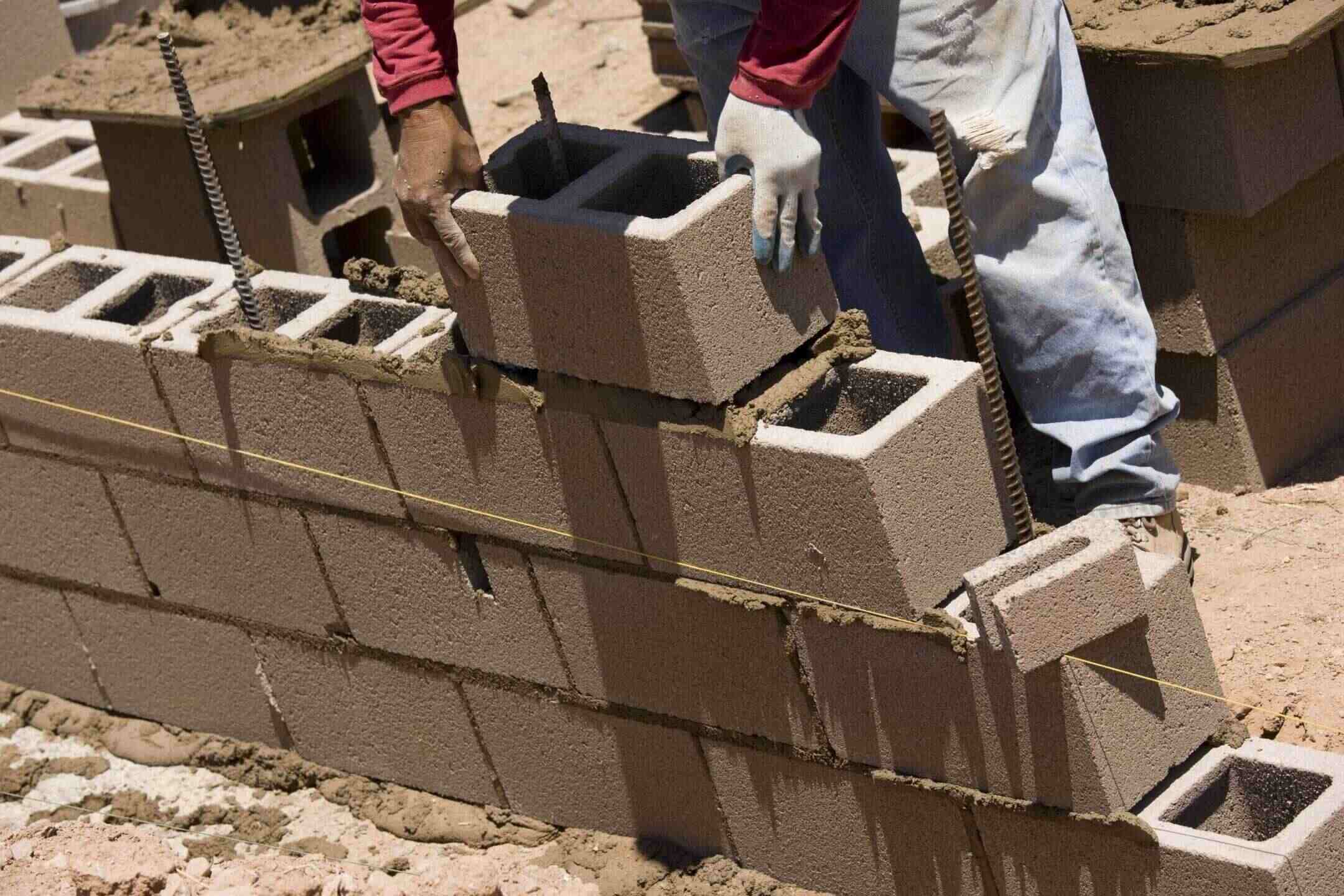

Building & Construction
How To Build A Concrete Block Foundation
Modified: August 28, 2024
Learn step-by-step guide on building a concrete block foundation for your construction project. Find helpful tips and techniques for efficient building construction.
(Many of the links in this article redirect to a specific reviewed product. Your purchase of these products through affiliate links helps to generate commission for Storables.com, at no extra cost. Learn more)
Introduction
When it comes to building a solid foundation for any structure, a concrete block foundation is a popular choice. It provides a sturdy and durable base that can withstand the test of time. Whether you are constructing a new home, an extension, or a commercial building, understanding the process of building a concrete block foundation is crucial.
In this article, we will guide you through the steps involved in building a concrete block foundation. From planning and preparation to finishing and waterproofing, we will cover all the essential aspects of this construction process. By following these steps, you can ensure that your foundation is reliable and built to last.
Before we dive into the specifics, it’s important to note that building a concrete block foundation requires careful planning, proper tools, and a solid understanding of construction principles. It is also recommended to consult with a professional engineer or contractor to ensure compliance with local building codes and regulations.
Now, let’s get started with step one: Planning and Preparation.
Key Takeaways:
- Build a solid and reliable concrete block foundation by carefully planning, preparing, and executing each construction phase with precision and care. Consult professionals, follow local building codes, and prioritize safety for a successful outcome.
- Ensure the longevity and durability of your structure by finishing and waterproofing the concrete block foundation. Protect against moisture infiltration, follow best practices, and consult with experts to create a sturdy and reliable foundation.
Read more: How Many Concrete Blocks For Shed Foundation
Step 1: Planning and Preparation
Before undertaking any construction project, thorough planning and preparation are essential. Building a concrete block foundation is no exception. Here are the key steps involved in this crucial phase:
- Determine the foundation type: Consider the type of structure you are building and the soil conditions of the site. This will help you decide whether you need a shallow or deep foundation.
- Obtain necessary permits: Check with your local authorities to determine if any building permits are required before starting the construction process. Failure to obtain permits can lead to costly fines and delays.
- Survey the site: Hire a professional surveyor to assess the site and identify any potential obstacles or challenges. This will help you plan the layout of the foundation and ensure that it is properly aligned and positioned.
- Create a detailed plan: Develop a comprehensive plan for the foundation, including measurements, layout, and the number of concrete blocks required. Consider factors such as drainage, access points, and any additional reinforcements needed.
- Prepare the tools and materials: Gather all the necessary tools and materials required for the construction process. This may include concrete blocks, mortar, rebar, gravel, shovels, levels, and safety equipment.
- Clear the site: Remove any vegetation, debris, or obstructions from the construction area. Ensure that the site is level and adequately prepared for excavation.
By investing ample time and effort into the planning and preparation phase, you can set a solid foundation for the successful construction of your concrete block foundation. Once you have completed these initial steps, you are ready to move on to the next phase: Excavation and Site Preparation.
Step 2: Excavation and Site Preparation
Now that you have completed the planning and preparation phase, it’s time to move on to the excavation and site preparation. This step involves the following key tasks:
- Mark the foundation boundaries: Use stakes and string to mark the boundaries of the foundation. Ensure that the lines are straight and aligned according to your plan.
- Excavate the site: Use a backhoe or excavation equipment to dig the foundation trench. The depth and width of the trench will depend on the size and design of your foundation. Remember to leave extra space for the footings.
- Remove excess soil: Remove the excavated soil from the site, ensuring that it is properly disposed of or used for other purposes if applicable.
- Compact the soil: Use a compactor or hand tamper to compact the soil at the bottom of the trench. This will provide a stable base for the foundation.
- Install drainage pipes: If required, install perforated drainage pipes along the perimeter of the foundation. This will help move water away from the foundation walls.
- Backfill the trench: Fill the trench with a layer of gravel or crushed stone to promote proper drainage. Compact the backfill material to ensure stability.
- Level the site: Use a level to ensure that the site is properly leveled. Make any necessary adjustments by adding or removing soil as required.
Excavation and site preparation are critical steps that lay the groundwork for a strong and stable concrete block foundation. It is essential to pay attention to detail and follow the planned measurements and designs. Once you have completed these tasks, you are ready to move on to the next step: setting up the foundation footings.
Step 3: Setting Up the Foundation Footings
With the excavation and site preparation complete, it’s time to move on to the next crucial step in building a concrete block foundation: setting up the foundation footings. Follow these steps to ensure a solid and stable foundation:
- Measure and mark the footing locations: Using your plan as a guide, measure and mark the locations where the footings will be placed. Ensure that these marks are accurate and aligned with the foundation layout.
- Excavate for footings: Dig trenches for the footings, ensuring that they are wide enough and at the proper depth as specified in your plan. The footings provide a stable base and distribute the weight of the structure evenly.
- Install formwork: Use wooden boards or metal forms to create a mold for the footings. Ensure that the formwork is properly aligned and level.
- Add reinforcement: Install rebar or reinforcement steel within the formwork to strengthen the footings. Follow the recommended spacing and placement as outlined in your plan.
- Pour concrete: Mix and pour concrete into the formwork, filling it completely. Use a screed or a straight edge to level the concrete and remove any excess.
- Allow concrete to cure: Give the concrete sufficient time to cure and harden. Follow the recommended curing time as specified by the manufacturer.
- Remove formwork: Once the footings have cured, carefully remove the formwork and clean any debris or excess concrete.
Properly setting up the foundation footings is crucial to the stability and structural integrity of your concrete block foundation. Take your time and ensure that the footings are level, properly reinforced, and cured before moving on to the next step.
Next, we will proceed to step four: constructing the concrete block wall.
When building a concrete block foundation, make sure to properly compact the soil and use a level to ensure the blocks are laid evenly and securely. This will help prevent any future settling or shifting of the foundation.
Step 4: Constructing the Concrete Block Wall
Now that you have completed the foundation footings, it’s time to move on to the construction of the concrete block wall. Follow these steps to ensure a sturdy and well-built wall:
- Lay the first course of blocks: Start by laying the first course of concrete blocks on top of the footings. Use mortar to secure the blocks in place, ensuring that they are level and aligned with the layout.
- Add reinforcement: Install vertical rebar or reinforcement bars at specified intervals within the block wall. This will provide additional strength and stability.
- Continue laying courses: Build the wall by laying subsequent courses of blocks, ensuring that each course is properly aligned and leveled. Apply mortar between each block to create a strong bond.
- Cut blocks as needed: Use a masonry saw or chisel to cut blocks to the desired size and shape when necessary. Ensure that the cuts are clean and precise.
- Check for plumb and level: Use a level and plumb bob to ensure that the wall is straight, plumb, and level. Make any necessary adjustments by adding or removing mortar as needed.
- Install lintels and reinforcements: As you build the blocks, install lintels above windows, doors, or other openings for support. Additionally, add horizontal reinforcement bars at specified heights to strengthen the wall.
- Allow time for mortar to dry: Give sufficient time for the mortar to dry and cure between courses. Follow the recommended curing time before moving on to the next step.
Construction of the concrete block wall requires precision and attention to detail. Take your time to ensure that the blocks are properly aligned, leveled, and bonded together with mortar. Once you have completed this step, you are ready to move on to the next crucial phase: filling the block wall with concrete.
Next, we will proceed to step five: filling the block wall with concrete.
Read more: How To Work With Concrete Block
Step 5: Filling the Block Wall with Concrete
Once you have constructed the concrete block wall, the next step is to fill it with concrete to provide additional strength and stability. Follow these steps to ensure a proper filling process:
- Prepare the concrete mixture: Mix the concrete according to the manufacturer’s instructions, ensuring the proper ratio of cement, aggregates, and water. Use a concrete mixer or a wheelbarrow for efficient mixing.
- Prepare the block wall: Wet the block wall with water before pouring the concrete. This will prevent the blocks from absorbing moisture from the concrete mixture and improve bonding.
- Fill the block cores: Use a funnel or a scoop to pour the concrete mixture into the hollow cores of the blocks. Ensure that the cores are completely filled to provide maximum structural integrity.
- Vibrate or tamp the concrete: Use a vibrating tool or a tamping rod to remove any air bubbles and compact the concrete. This will help prevent voids and ensure a solid and uniform fill.
- Smooth the surface: Use a trowel to smoothen the surface of the concrete, ensuring that it is level with the top of the blocks. This will create a seamless surface and allow for proper finishing in the next steps.
- Cure the concrete: Protect the newly filled concrete from drying too quickly by covering the wall with plastic sheeting or using a curing compound. Follow the recommended curing time before proceeding.
Filling the block wall with concrete provides additional strength and stability, further reinforcing the structure. Take care to make sure that the concrete is properly mixed, the block cores are fully filled, and the surface is smoothed for a professional finish.
Now that you have completed step five, we will move on to the final step: finishing and waterproofing the foundation.
Step 6: Finishing and Waterproofing the Foundation
Now that you have completed the construction of the concrete block foundation, it’s essential to finish and waterproof it to protect it from moisture and ensure its longevity. Follow these important steps to complete the process:
- Clean the foundation: Remove any loose debris, dirt, or excess mortar from the foundation surface. Use a wire brush and water to scrub away any stubborn stains.
- Inspect for cracks: Thoroughly inspect the foundation for any cracks or defects. If you notice any, use a concrete patching compound to fill and repair them. Allow the compound to dry properly.
- Apply a waterproofing membrane: Apply a high-quality waterproofing membrane to the exterior of the foundation walls. This will provide an additional barrier against moisture infiltration.
- Install drainage system: If needed, install a drainage system around the perimeter of the foundation to redirect water away from the structure. This can include French drains, gutters, downspouts, or sump pumps.
- Backfill with soil: Backfill the excavated area around the foundation with proper soil, ensuring it is compacted properly in layers. This will provide additional support and prevent water from pooling next to the foundation.
- Grade the soil: Slope the soil away from the foundation, ensuring proper drainage. The recommended slope is at least 6 inches for the first 10 feet away from the foundation.
- Consider exterior finishes: Choose exterior finishes such as stucco, brick veneer, or siding to beautify and protect the foundation. Ensure these finishes are properly installed and provide adequate protection.
Finishing and waterproofing the foundation is essential to protect it against moisture infiltration, which can lead to structural damage and mold growth. By following these steps, you can ensure the long-term durability and integrity of your concrete block foundation.
With Step 6 completed, your concrete block foundation is now complete and ready for the next stages of construction. You can proceed with building the rest of your structure on this solid and reliable foundation.
Hopefully, this step-by-step guide has provided you with the knowledge and understanding necessary to successfully build a concrete block foundation. Remember to consult with professionals, follow local building codes, and prioritize safety throughout the construction process.
Best of luck with your construction project!
Conclusion
Building a concrete block foundation is a crucial step in constructing any structure. It provides the stability and strength necessary for the long-term durability of the building. By following the steps outlined in this article, you can ensure a solid and reliable foundation that will withstand the test of time.
From the initial planning and preparation to the final finishing and waterproofing, each step plays a critical role in the construction process. Thoroughly understanding the requirements and taking the time to execute each phase with precision and care is key to achieving a successful outcome.
Remember, it is essential to consult with professionals, such as engineers or contractors, to ensure compliance with local building codes and regulations. They can provide guidance, expertise, and help you address any specific challenges related to your construction project.
By investing the time and effort into building a concrete block foundation, you are setting the stage for a sturdy and reliable structure. A well-constructed foundation increases the value of your property, provides peace of mind, and ensures the safety of the occupants.
Take pride in your workmanship, and be diligent in following the best practices and guidelines for each step of the construction process. By doing so, you will create a foundation that stands strong for years to come.
We hope that this comprehensive guide has provided valuable insights and information to guide you through the process of building a concrete block foundation. Good luck with your construction project!
Frequently Asked Questions about How To Build A Concrete Block Foundation
Was this page helpful?
At Storables.com, we guarantee accurate and reliable information. Our content, validated by Expert Board Contributors, is crafted following stringent Editorial Policies. We're committed to providing you with well-researched, expert-backed insights for all your informational needs.
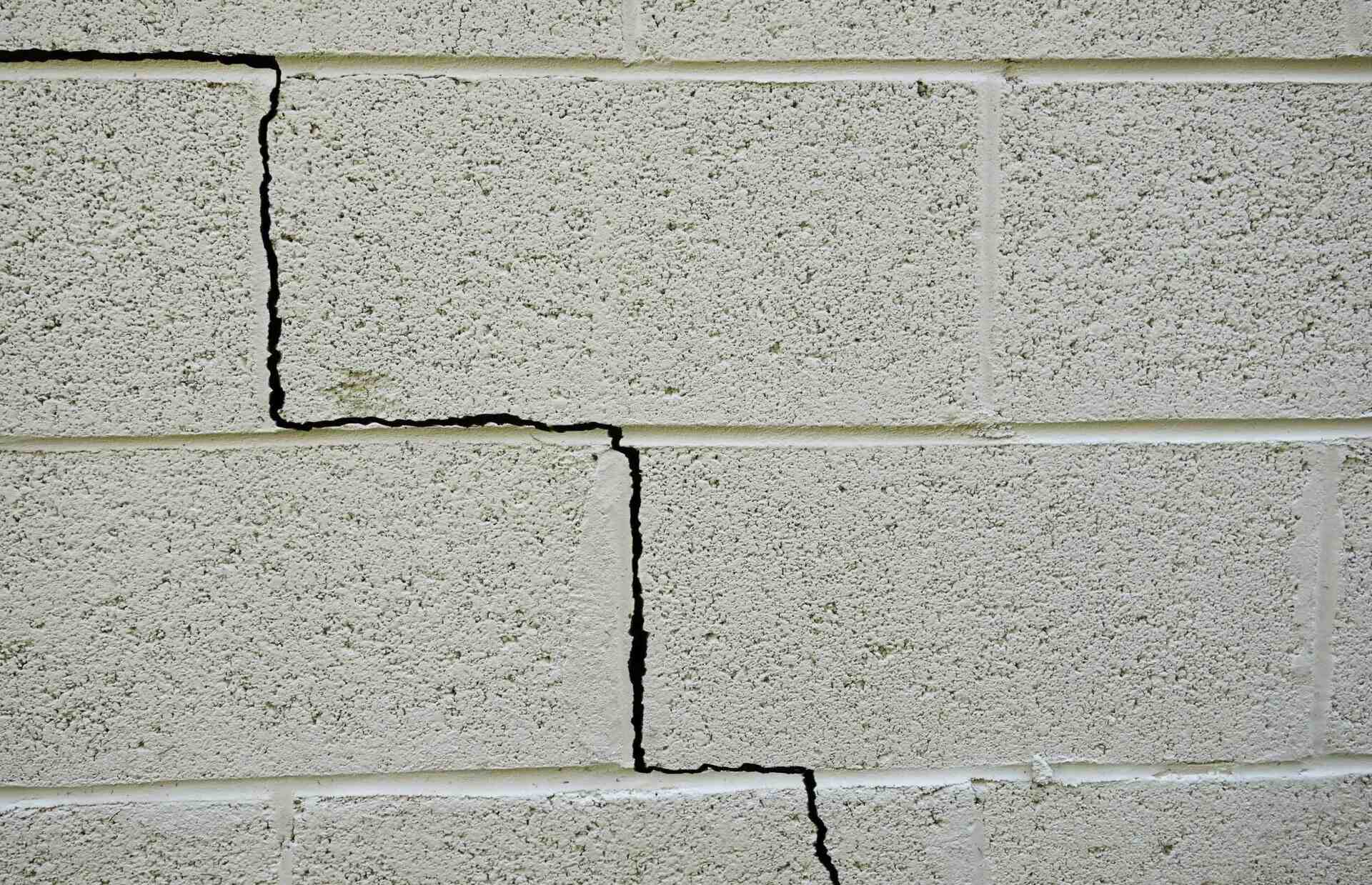
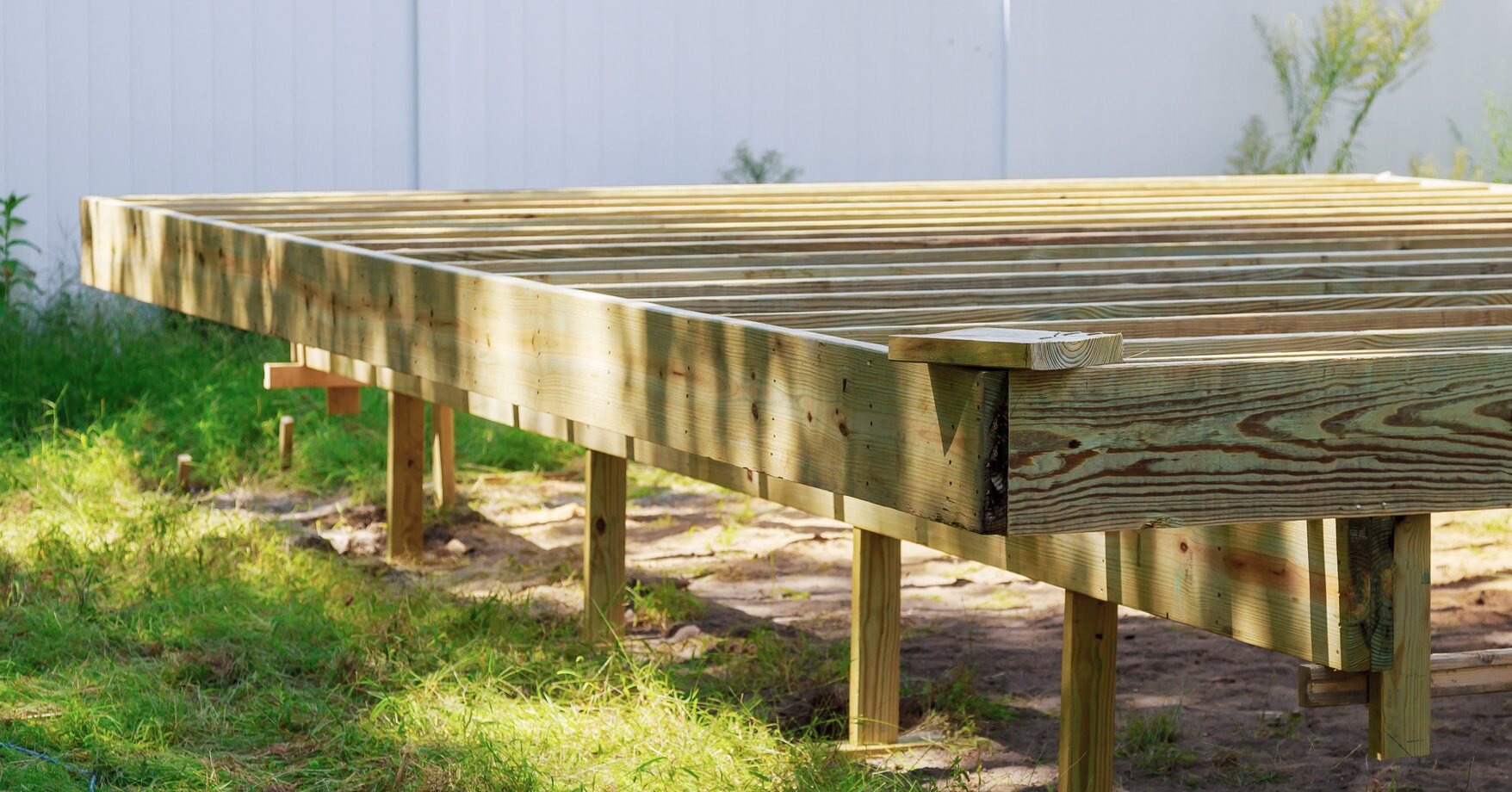
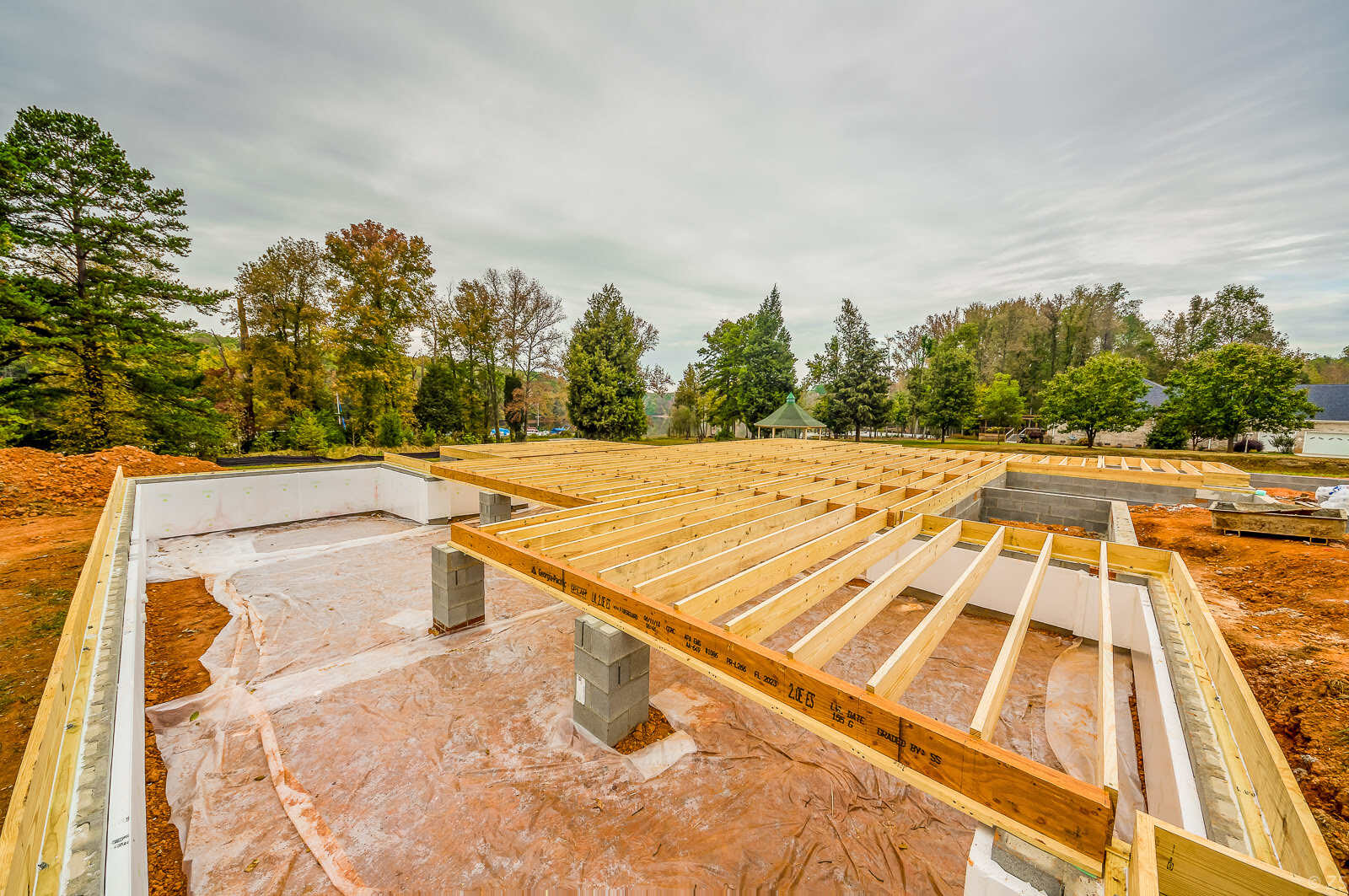
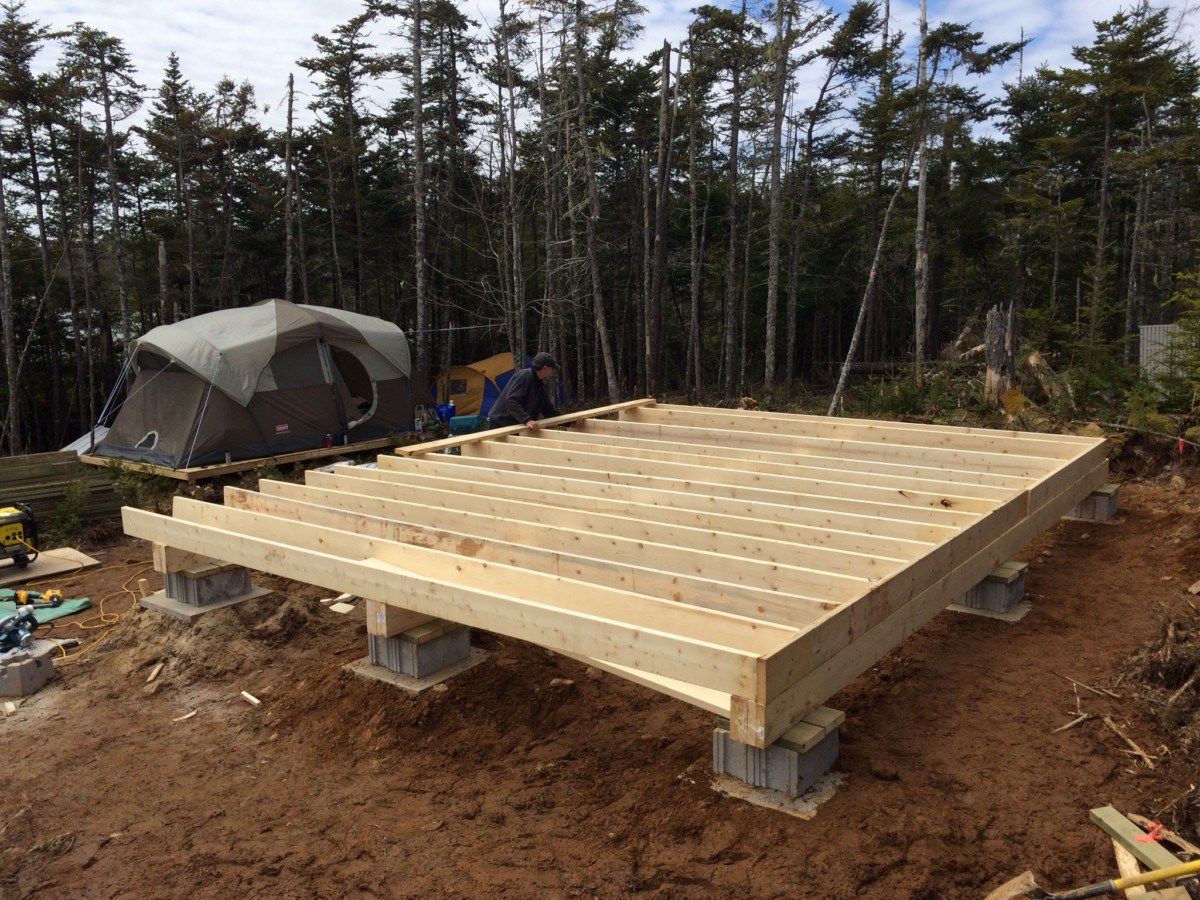
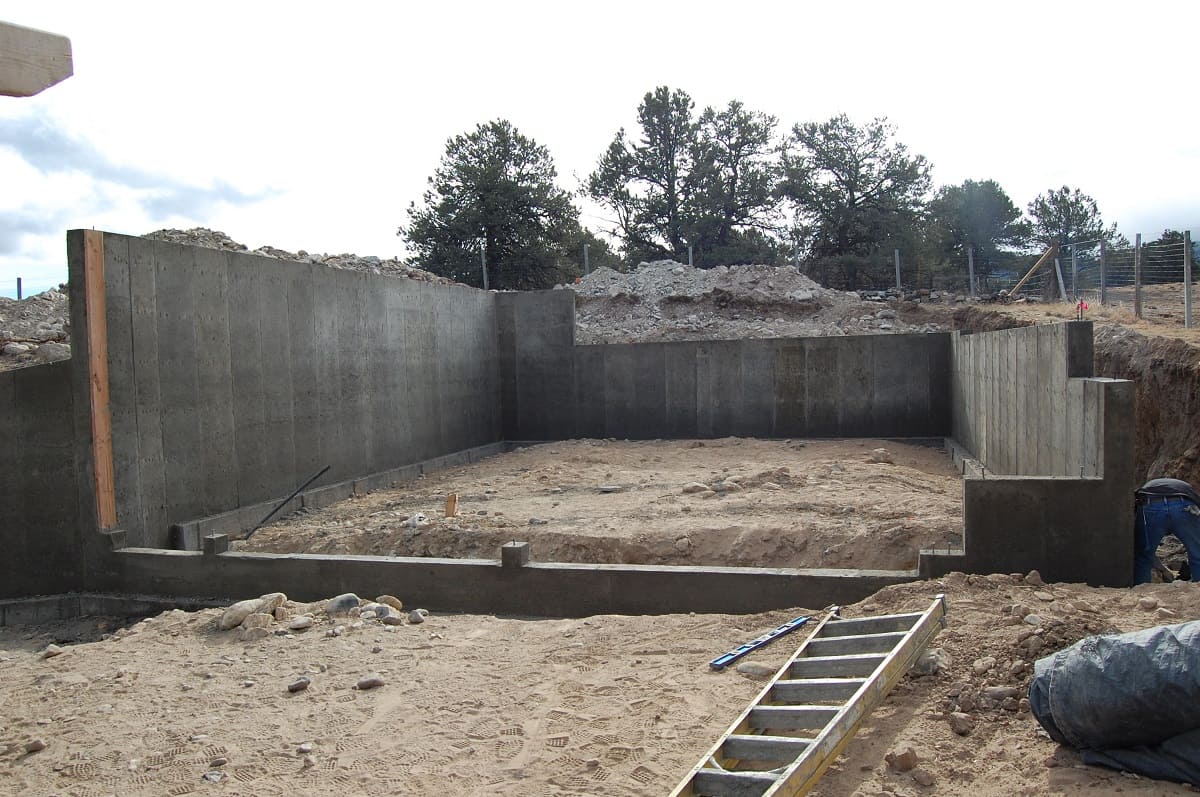
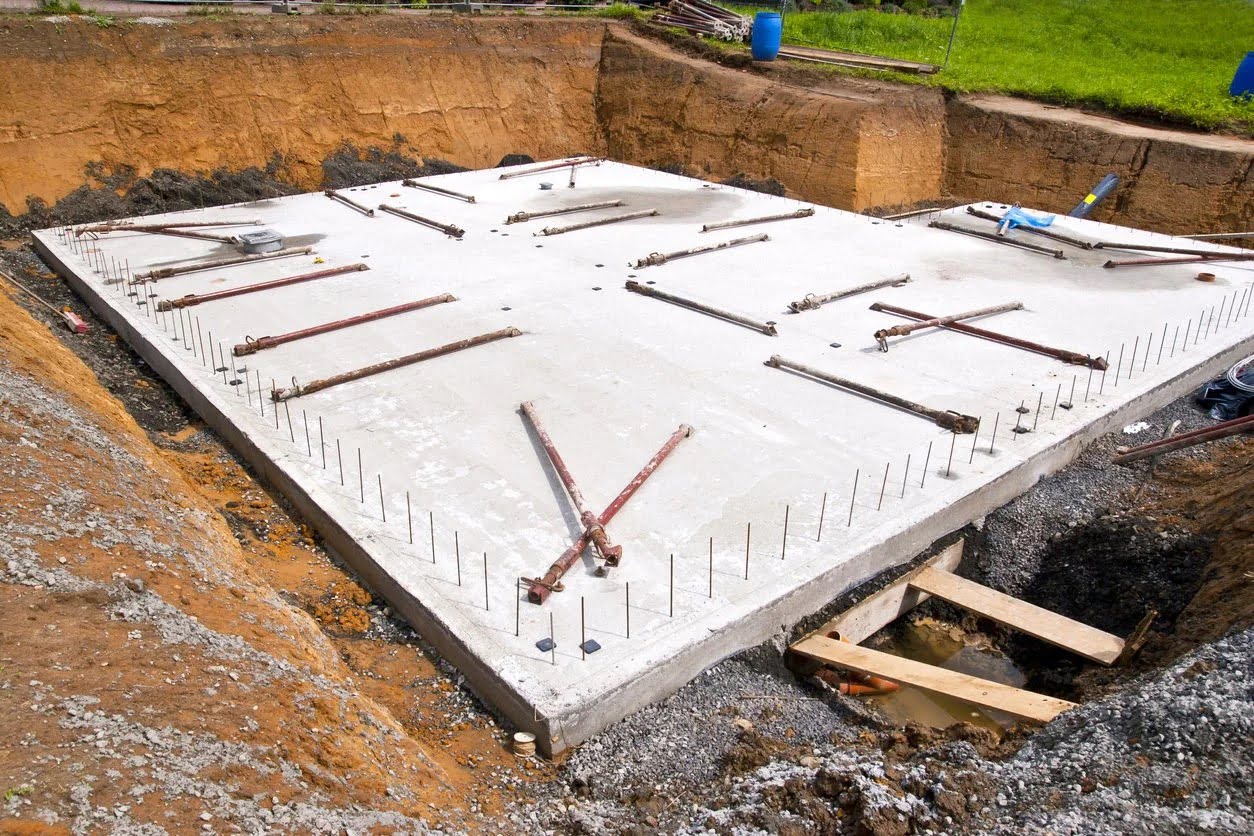
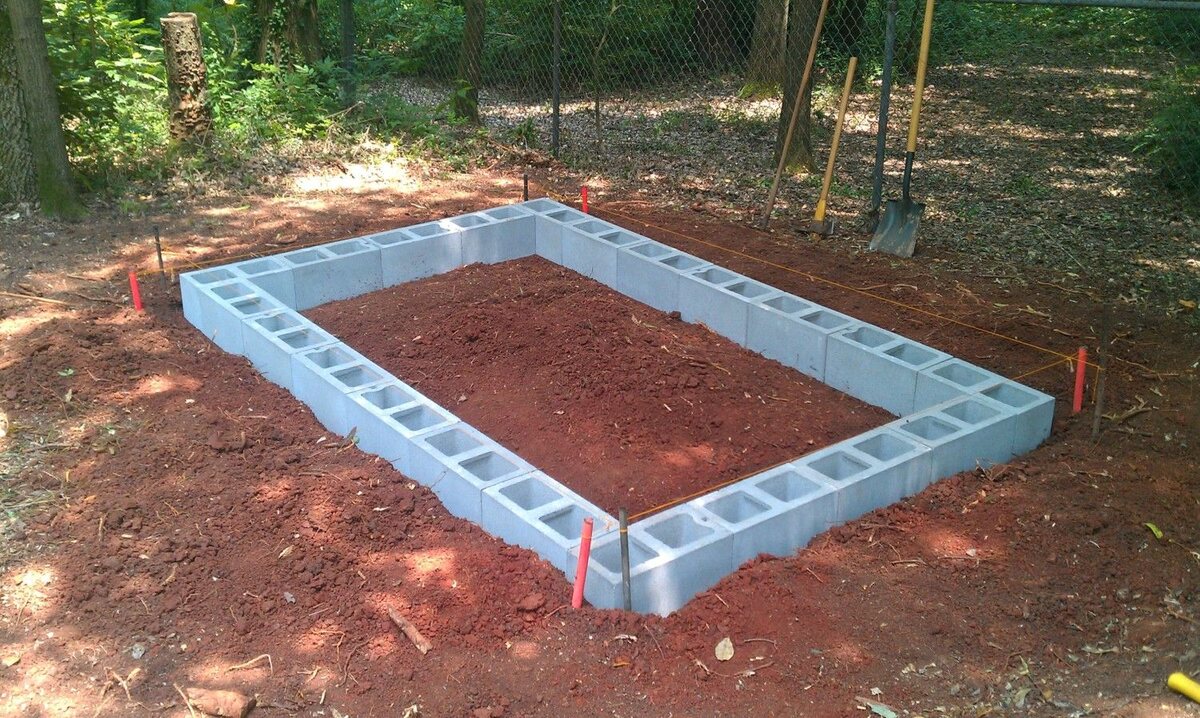
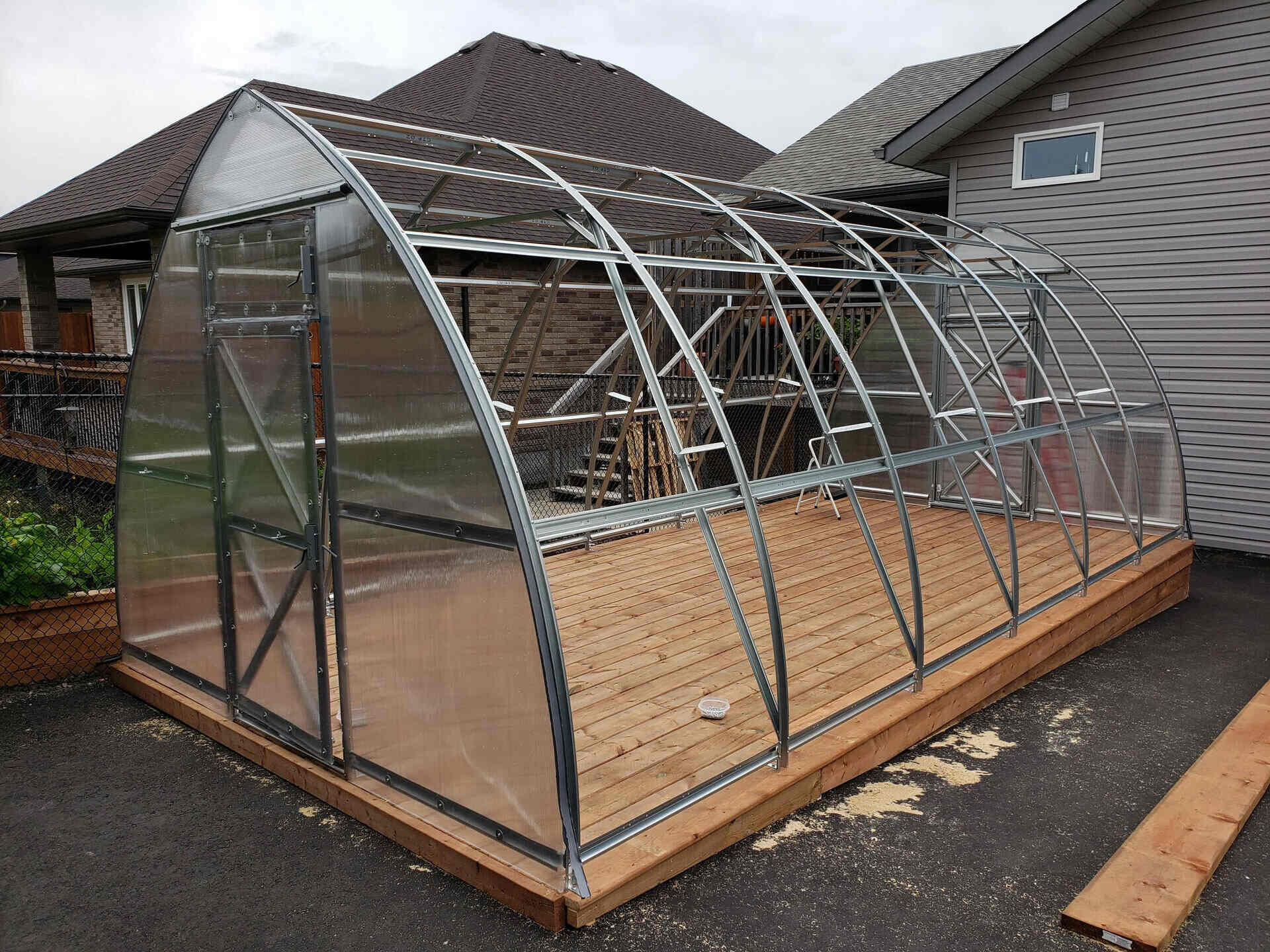
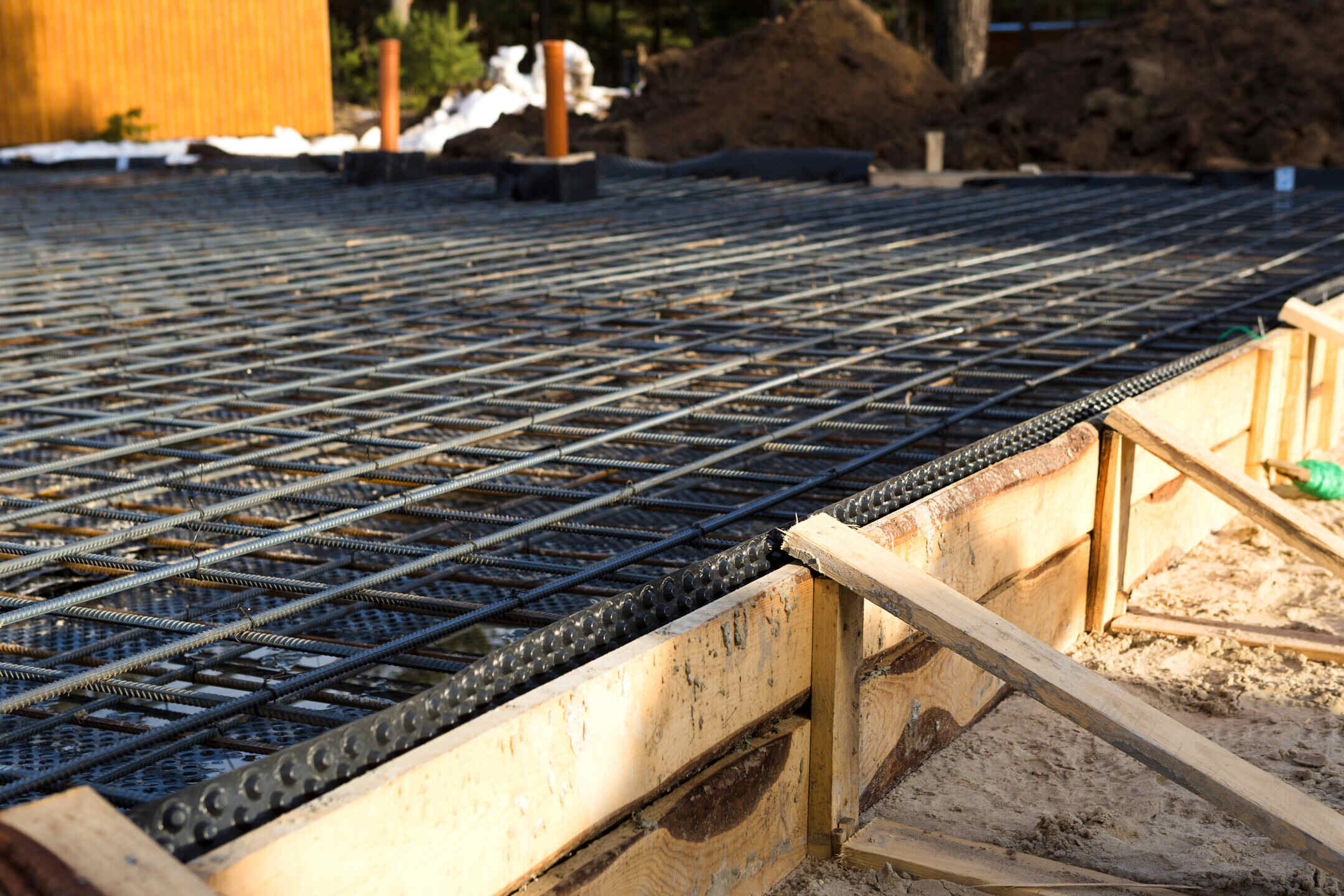
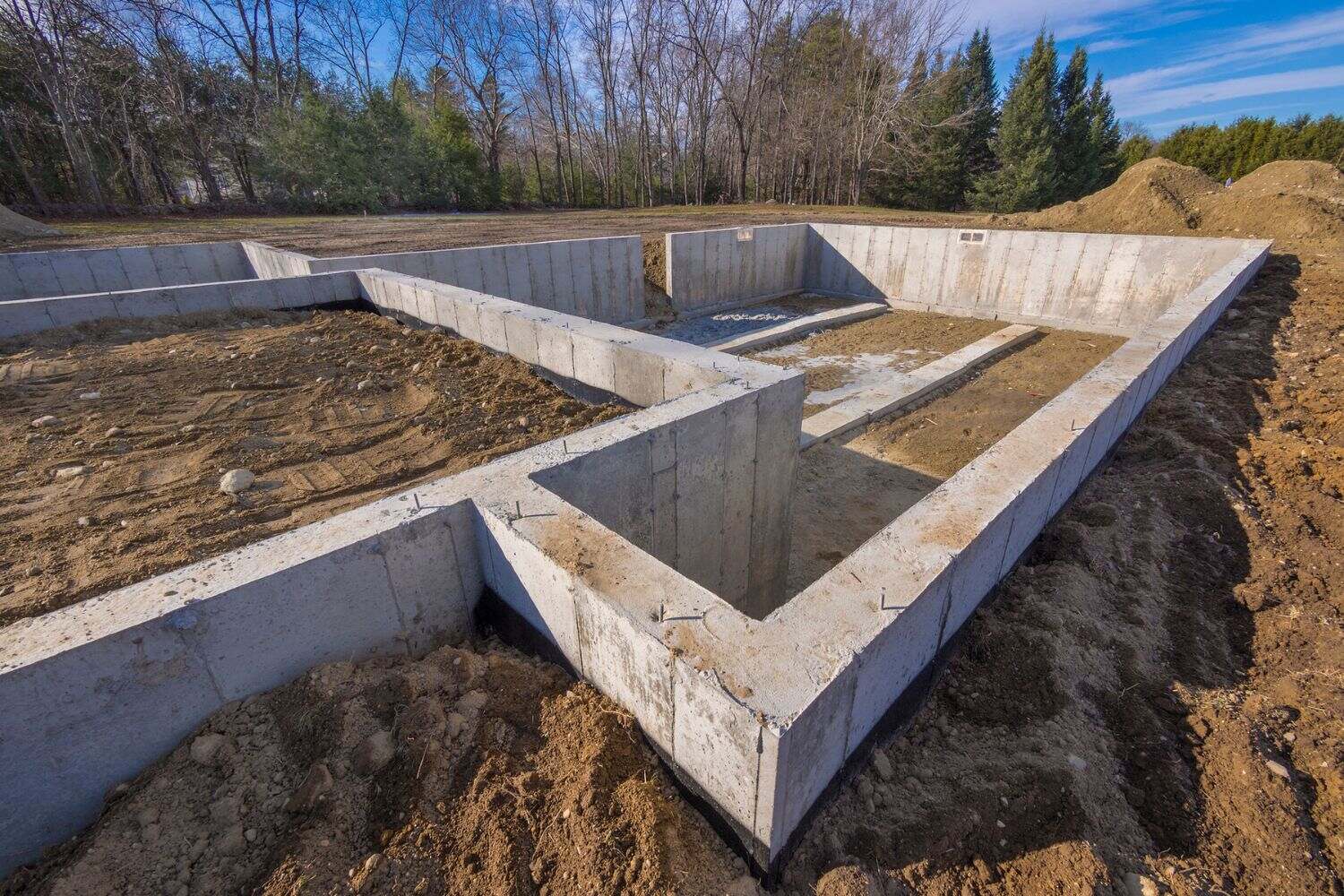
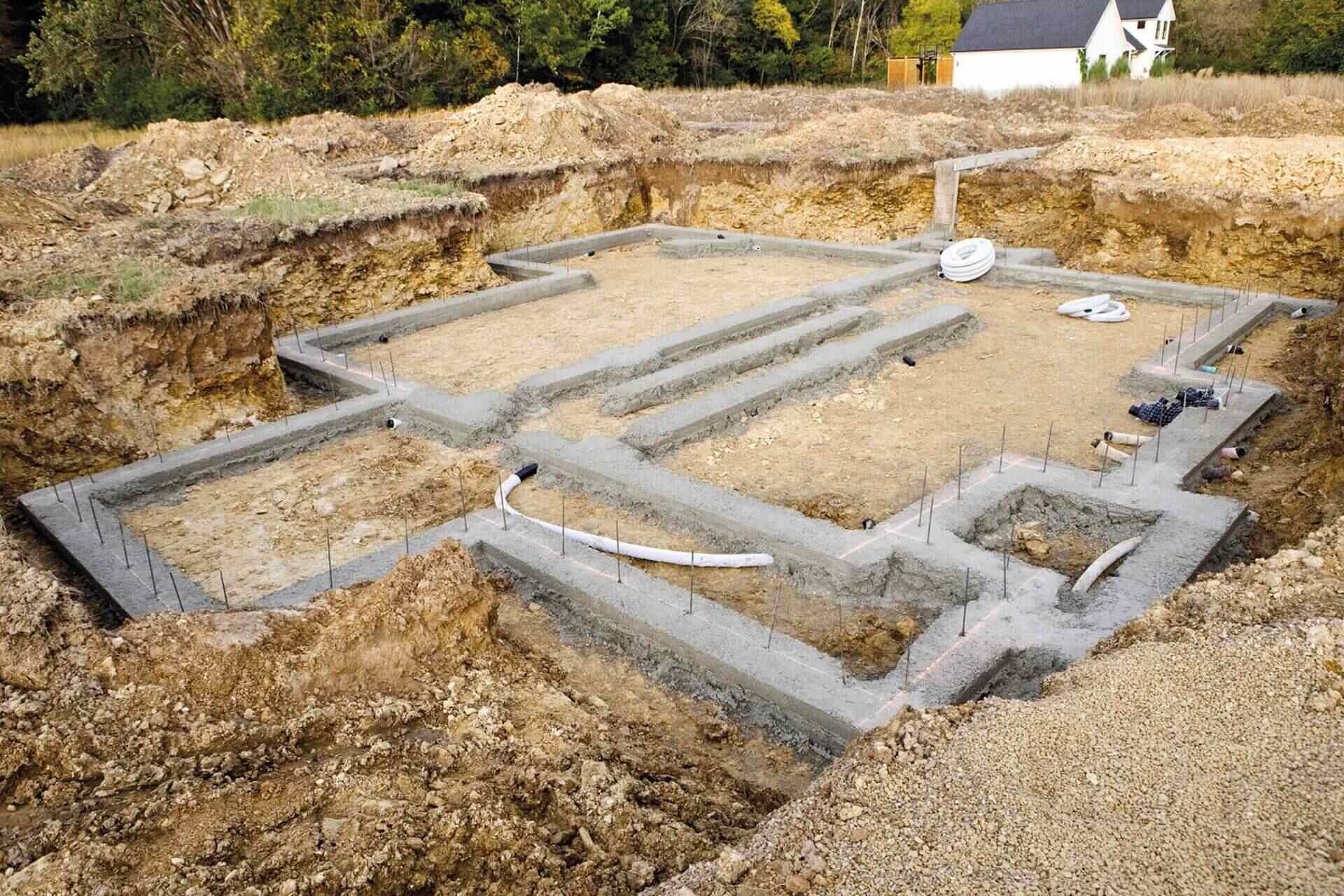
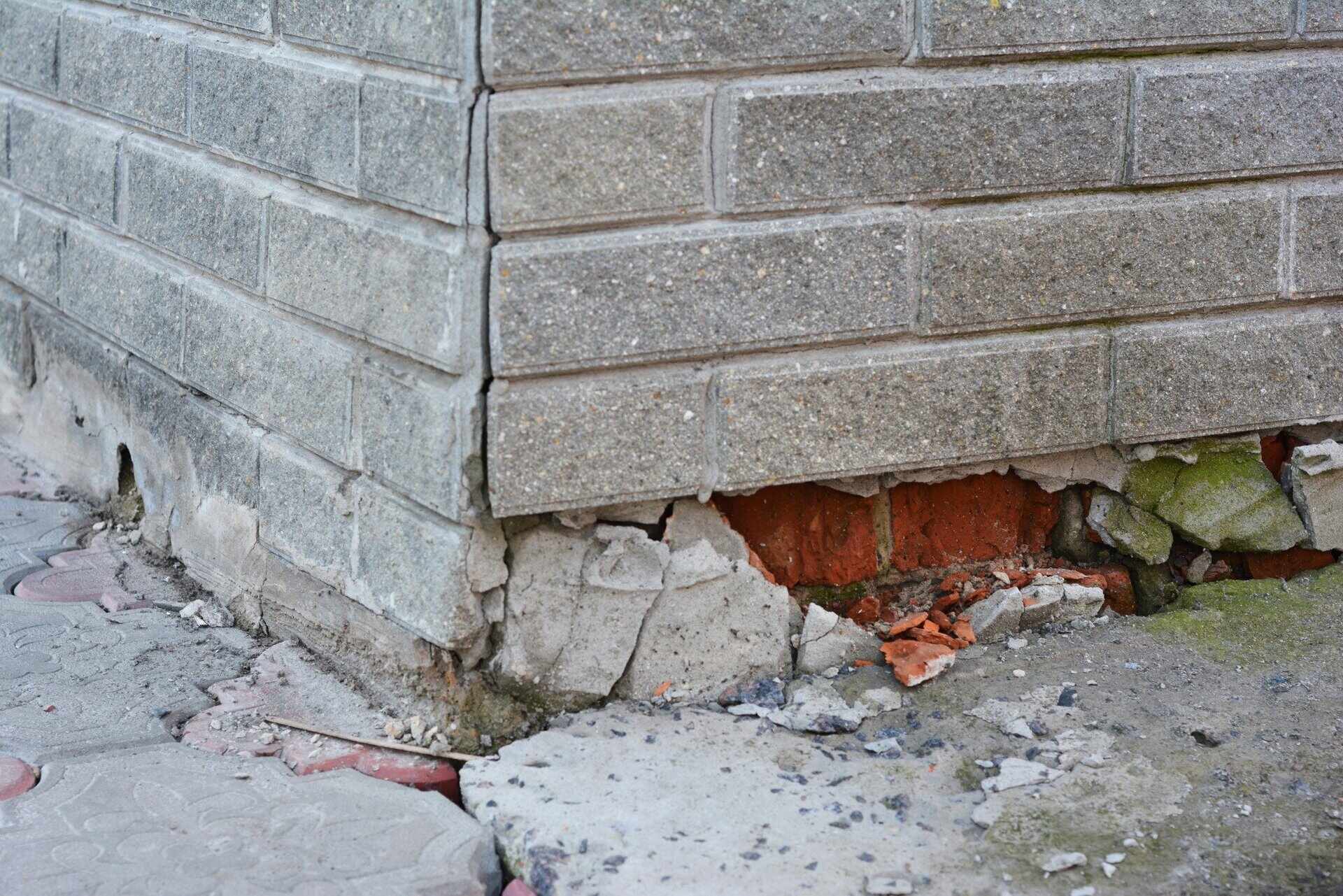
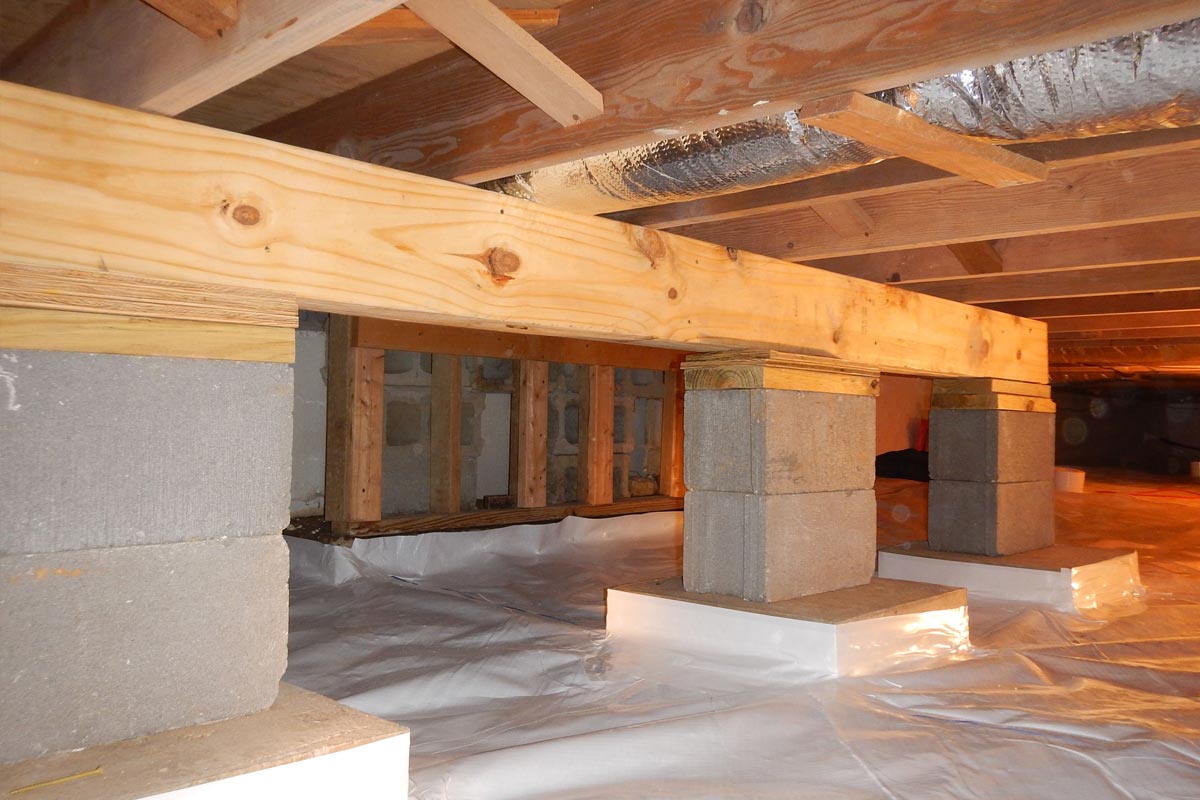
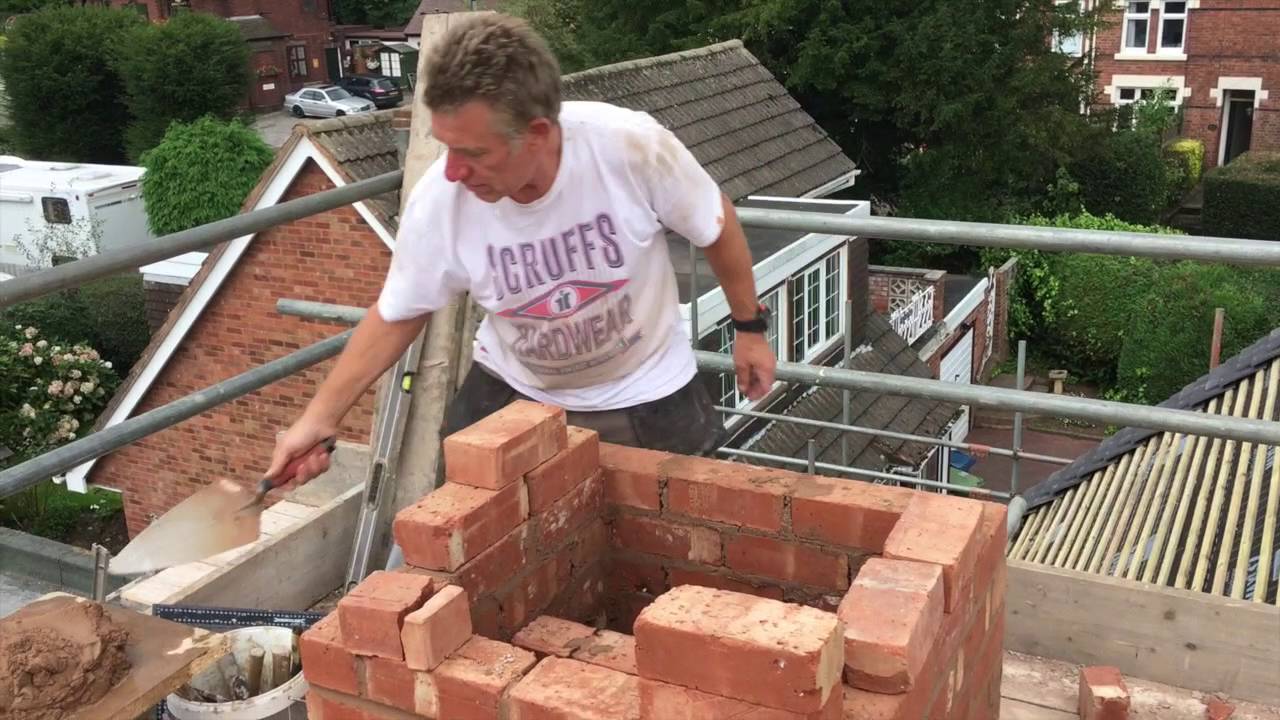

0 thoughts on “How To Build A Concrete Block Foundation”